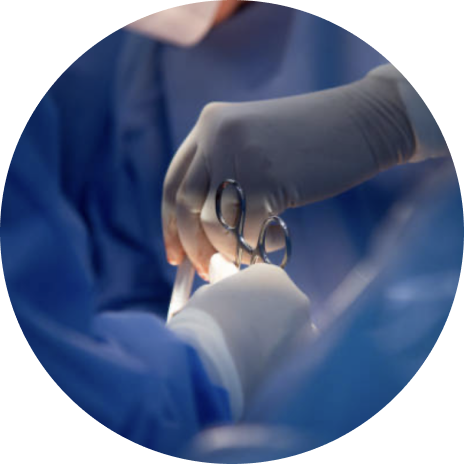
Tubal ligation reversal is a surgery conducted to reconnect fallopian tubes (through which eggs pass from ovaries) that were tied up in a previous procedure (tubal ligation), and restore lost fertility.
Procedure: Under general anaesthesia, your surgeon inserts a laparoscope (small instrument with a light and camera) through your navel to evaluate the reversibility of the tubes. A small incision, known as bikini cut is made near the pubic hair line, and an operating microscope is used to reconnect the remaining ends of the fallopian tubes with fine sutures. At the end of the procedure, the surgical incisions are protected with skin tapes and a soft dressing pad is placed.
Vasectomy reversal is a surgical procedure where the ends of the vas deferens (sperm carrying tubes), which were cut and sealed in a previous procedure (vasectomy), are joined back together to enable reproduction.
Procedure: Vasectomy reversal is a more complex procedure than vasectomy and is generally carried out under general anesthesia. The surgeon makes a small incision in the skin of the scrotum (sac containing the testes), and retracts the surrounding structures to expose the testicle. Each vas deferens is carefully cut and inspected for the presence of sperm in the semen. The procedures that can be performed based on this include:
Your surgeon will decide on which surgery is best suited for you. In some cases, your surgeon will perform both procedures, one on each side.
When your surgeon confirms the presence of sperm, the tubes are reconnected to enable the transit of sperm. In cases where seminal fluid has few or no sperm, vasoepididymostomy would be performed in a similar manner, except the detached vas deferens would be connected to the epididymis. Your incisions will then be sutured and covered with a bandage to help in healing.
The reconnection of the vas deferens in the above techniques is done with the help of an operating microscope, which allows the surgeon to manipulate stitches that need to be finer than the traditional stitches.
Advantages of microsurgical procedures are:
